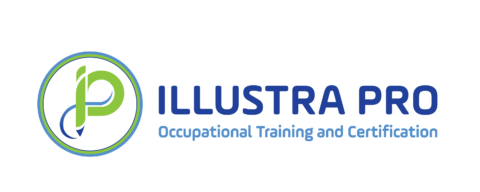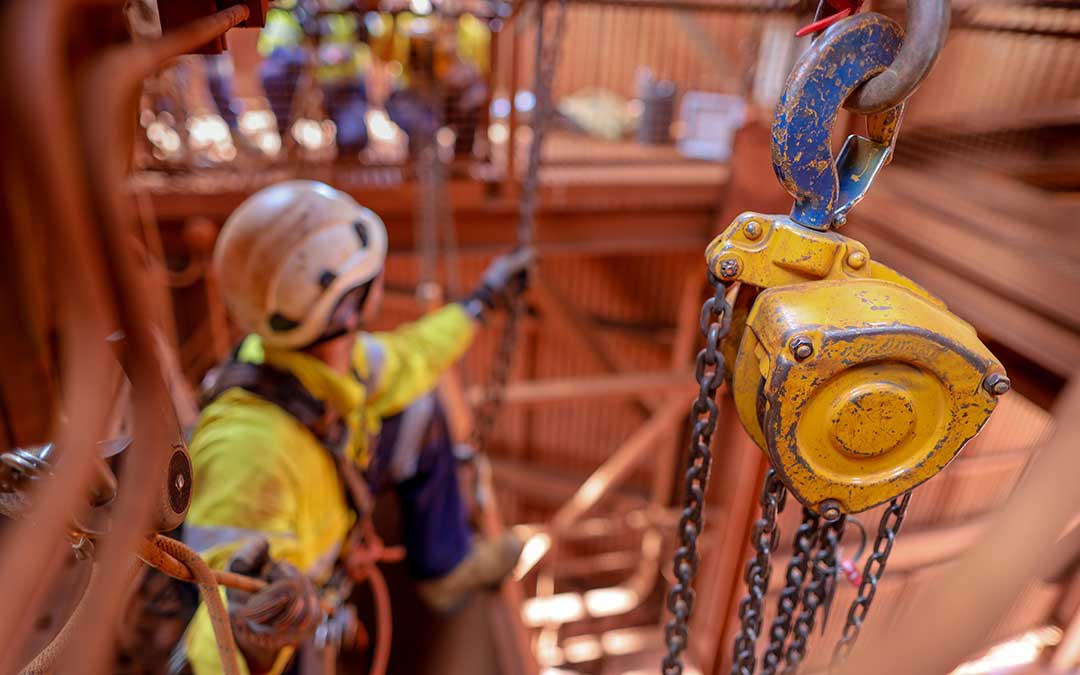Rigging is a paramount aspect of shipyard and material handling operation used to build and repair equipment, components, or sections. Individuals working as riggers use a variety of machines and tools such as cranes, hoists, lifting slings, tie-down gear, and other equipment. In addition, rigging operations also involve signalmen who direct how machines should move using predefined hand signals.
Ensuring proper rigging protocols can minimize exposure to multiple hazards to help protect riggers and other individuals involved in material handling operations. Therefore, it’s essential to adhere to the safe rigging practices provided by OSHA. In this article, we’ll discuss what these practices are, OSHA requirements for rigging, additional considerations for maritime rigging and more.
General Safe Rigging Practices
When it comes to safe rigging practices, it’s essential to understand that ensuring safety is everyone’s responsibility. OSHA CFR 1926.251, 753 and additional standards have provided various best practices that employers and workers should follow to ensure safety during general rigging operations. These practices include everything from checking loads to conducting inspections.
Safe rigging practices are designed to ensure that all rigging-related activities are carried out in a way that minimizes the risk of mishandling in order to prevent fatal or non-fatal injuries. In addition, safe rigging practices for material handling, shipyard rigging, and maritime rigging may vary or have additional considerations. However, all of these practices are centered around the same fundamental principles for necessary precautions that must be taken to ensure safety. These principles are mainly based on inspection, adherence to equipment limitations, selection, and attachment protocols, avoiding movements that hinder smooth operations, and maintenance.
- Safe Rigging Practices
OSHA mandates various safe rigging practices that can help reduce the threat posed by these hazards. These safe rigging requirements include:
- Equipment Inspection
All rigging equipment such as ropes, chains, hooks, and shackles must be inspected prior to the start of each shift, during use, and periodically.
- Load Capacity
All personnel must be aware and adhere to safe working load limitations of the equipment, and load limit tags must be applied to the hook throats.
- Competent Personnel
All individuals performing rigging tasks must be trained and qualified to do so. In addition, those personnel not familiar with signal code should not be allowed to use hoisting equipment.
- Proper Rigging Techniques
Appropriate equipment should be used when rigging loads and workers should maintain the center of gravity of the load.
- Communication
Hoist operators and signalmen must use clear and distinct visual and auditory signals.
- Hazard Awareness
All workers must be aware of potential hazards that can occur. Common examples of such errors include failing loads, getting caught between moving parts, and equipment failure.
- Specific Parts
Work should ensure the strength sufficiency of anchor points and carriage security for specific parts like chain falls, marine railways, pull-lifts, and more.
- Recordkeeping
Employers must keep a record of work-related illnesses and injuries. In addition, temporary employees must also be a part of the record system.
OSHA Requirements For Shipyard Rigging
While the safe rigging practices mentioned above can help reduce workplace injuries during rigging, it’s important to know that OSHA has provided additional considerations that must be implemented specific to shipyard rigging safety. These additional considerations to help ensure safety in the shipyards are covered under the OSHA standard for shipyard rigging.
All personnel involved in shipyard rigging operations must be trained on safe rigging practices, identifying hazards, correct use of equipment, and control and preventive measures. In addition, regular inspections must be carried out, equipment should be replaced as needed, and all records of the maintenance must be kept.
Some of the key safe rigging practices specific to shipyard rigging that employers must keep in mind include:
1. Hoisting And Hauling Equipment
OSHA Standard 1915.115 – Hoisting and hauling equipment for Shipyard Employment applies to ship repairing, building, and breaking operations. As per these requirements, derricks and cranes must be tested and certified. Moving parts of hosting and hauling equipment and along with accessible areas of derrick cranes. must be guarded. In addition, working loads for all equipment must be posted near all controls.
2. Use Of Gear
OSHA has outlined several safe rigging practices for use of gear. It’s essential to ensure that all loads are securely rigged before being hoisted. In addition, plates should be lifted using shackles and alternative methods must be used with caution and employees should not be permitted to ride the hooks or loads.
3. Qualification Of Operators
OSHA qualifications of operators outlines that competent and qualified professionals must determine whether gear is properly rigged or not. In addition, such personnel are also responsible for checking the load requirements and worker communication and protection gear protocols.
4. Shackles And Hook
Workers must ensure that shackles and hooks have labels that indicate safe working loads and warn that use beyond these limits is prohibited. In cases where load limits are not available, hooks must be tested using a load that is double than the hook will actually be used for.
Conclusion
Shipyard rigging and material handling processes are prone to various hazards due to the nature of the operations. Such hazards can lead to non-fatal and fatal injuries and damage to equipment and cargo as well. However, the risk of such hazards can be reduced by adhering to various safe rigging practices provided by OSHA.
Safe rigging practices include regular equipment checks, ensuring operations are carried out within manufacture defined limits, emphasizing clear communication, having visible labels, and more. These protocols can help ensure safety for general rigging operations and shipyard rigging operations.
OSHA has also provided dedicated safe rigging practices for shipyard operations. These practices build on the general rigging safety fundamentals and provide additional considerations with regard to a shipyard environment and helping employers ensure safety. Contact Illustra Pro to enroll in our Rigger & Signal Safety training course to ensure your company’s OSHA compliance and the safety of your rigging operations today!

